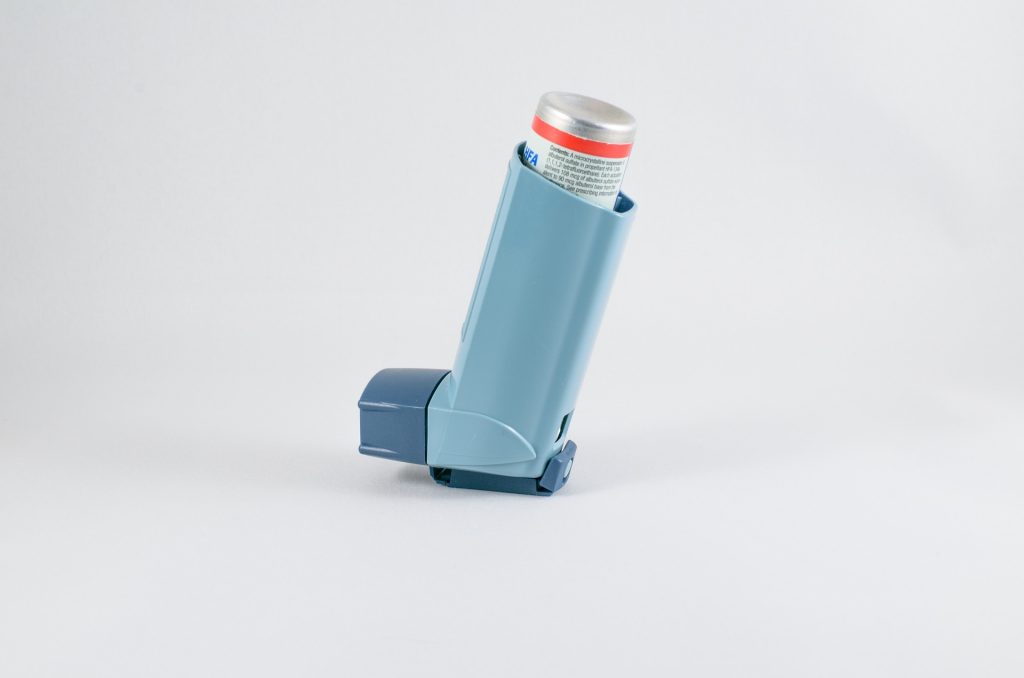Two-drug Combination Inhaler Looks Good for Asthma ‘Rescue’ Therapy

An analysis published in the NEJM testing a two-drug combination inhaler shows promising results for helping asthma patients get their condition back under control when standard medication isn’t working for them. The phase III trial found that users of the product PT027, (90μg albuterol combined with 80μg budesonide), were 26% less likely to experience severe exacerbations than those using albuterol alone.
A version with a lower steroid dose (40 μg) also appeared to reduce severe exacerbation risk, but the 16% advantage over conventional albuterol-only treatment narrowly missed by statistically significant with a P value of 0.052.
The study authors explain that the approach is based on the notion that short-acting beta agonist (SABA) drugs, eg albuterol, are quite effective in reducing acute symptoms, but do not address the underlying inflammation causing the symptoms. The product’s developers reasoned that addition of a steroid should help prevent symptoms recurrence.
In the MANDALA trial, 3132 patients were randomised to one of three regimens: two actuations each of the 90/80 μg or 90/40 μg versions, or two actuations of 90 μg albuterol. Patients were all instructed to use the device when they experienced acute symptoms, and remained on their normal maintenance treatment, which consisted of long-acting beta agonists and inhaled corticosteroids, either individually or in combination and in a variety of doses.
Severe exacerbation was the primary endpoint, defined as any of the following:
- Inpatient admission for asthma symptoms
- Emergency department or urgent care visit
- A minimum og three days of systemic steroid therapy for worsening symptoms
The researchers also tracked a variety of secondary outcomes, such as time to first exacerbation, and safety parameters.
Annualised severe exacerbation rates were 0.43 for the high-dose product versus 0.58 for albuterol alone, for a rate ratio of 0.75. As the low-dose group included all of the child participants, it was compared to a slightly different set of albuterol-only controls, giving annualised exacerbation rates in that comparison of 0.48 and 0.60, respectively. That rate ratio of 0.81 was significant.
Systemic steroids was another secondary outcome, with the combination inhaler proving superior again, with averages of 83.6 mg (prednisone equivalent) for the high-dose version, 94.7mg with the lower dose, and 130.0/127.6 mg for the respective albuterol-only control groups. Adverse effects were similar in either arm (46–47%).
Source: MedPage Today

